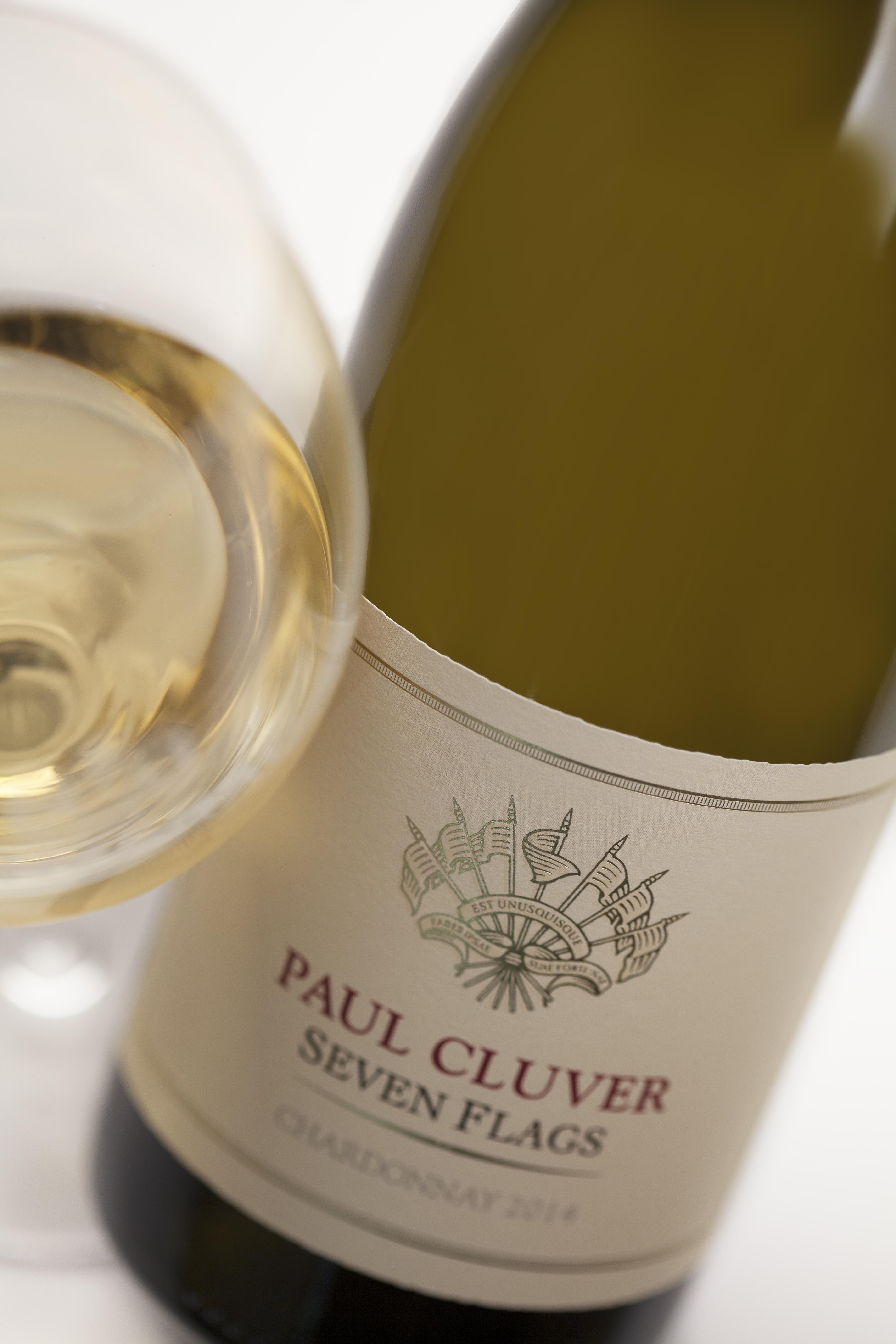The making of a flagship wine
Last month, the flag was being flown for South African wine by the many producers participating in Cape Wine 2015. Among the wines they were pouring for visitors from around the world were those regarded as their flagship wines.
Just what is a flagship wine? I Googled the term and Australia’s Chateau Tahbilk appeared at the top of the list, their site announcing: Flagship wines – wines of exceptional quality. A simple but telling summary of what these cream-of-the-crop wines aspire to.
A few steps further down on Google comes our own Robertson Wine Valley Flagship Wines, which lists all the cellars’ top wines. One might imagine Chardonnay and Shiraz would be the dominant varieties, given their association with the valley; in fact Sauvignon Blanc and Cabernet Sauvignon also make a strong showing with several others making an appearance too.
A similar pattern can be detected across the winelands. Constantia is best known for Sauvignon Blanc; Hemel-en-Aarde is closely linked with Pinot Noir, while Stellenbosch and Cabernet are inseparable. But each of these regions is home to many other varieties which also produce excellent wines. So how does a producer select a variety or style to create a flagship wine ‘of exceptional quality’?
Paul Cluver Wines, based in the Elgin Wine of Origin, recently launched their Seven Flags Chardonnay, sibling to their flagship Seven Flags Pinot Noir. Both varieties perform well in this cool-climate region and either one or both are produced to some acclaim by many cellars based there. But Elgin, like the others mentioned above, is not a two-variety region: Chenin Blanc, Sauvignon Blanc, Pinotage and Merlot also grow successfully here.

The launch of the Seven Flags Pinot Noir offered an opportunity to find out from Cluver’s cellarmaster Andries Burger what goes into making of a flagship wine.
The first question I asked Burger was what he took into consideration when selecting a variety or wine style for flagship status. “Look at what is suited to your area and work towards your strengths,” he responded, adding that a special vineyard with a point of difference, providing distinctive, complex wines is desirable. “Don’t,” Burger urged, “try to force a style or ideal; it’s the subtle nuances that make a better more complex wine, not one that jumps out at you.”
Burger is lucky to have two old Chardonnay vineyards, planted in 1987, which supply fruit for the Seven Flags; one is also channeled into his Cape Winemakers Guild Wagon Trail Chardonnay. The main difference between these two and the regular Paul Cluver Chardonnay lies in the fruit source, although other details do come into play.
Oak is an important component with top-of-the-range wines but not necessarily more new oak, Burger stressed: “We’ve moved away from the idea that more new oak is better.” As many of South Africa’s vineyards are still relatively young and lacking the concentration of older ones it’s often easy to be over-generous with oak.
If the ‘more is better’ approach is taken by some with the wine, so it is with packaging. There is ongoing discussion about heavy- and ultra-heavyweight bottles – high-profile people such as Jancis Robinson decry them. But there are those who see these statement bottles as confirming the superiority of the contents. Some, including the Cluvers, have decided they’re not necessary. After initially using a heavy bottle on their Seven Flags Pinot Noir, they have reverted to a more standard weight, distinguishing the wine’s flagship status with a special label. “The packaging should be subtle and elegant,” Burger maintained. “After all the wine should be the biggest point of difference.”
This is certainly true of other flagship wines such as Meerlust’s Rubicon, or Kanonkop’s Paul Sauer or Black Label Pinotage, all of which come in pretty standard bottles, along the same lines as other members of the range.
If the bottle shape and size is one matter, the label is another, and of importance in setting the tone of the wine. The Seven Flags pair is no exception, having a clean, classic look. They also tell a story, a useful tool when selling wine. Seven Flags represent the members of the Cluver family and are metaphorically flown on the label of a wine: ‘When everything we believe about winemaking comes together in one wine.’ As a rarely given endorsement, the flags add credibility to the wine’s status.
But what happens if a vintage doesn’t live up to expectations? Should the wine be bottled and sold regardless, or risk a loss of image through missing a year? Burger was unequivocal that he’d miss a vintage if the wine wasn’t good enough. “Releasing a wine not up to the expected standard would be harmful to the brand but it would require careful management in the market, which expects a new vintage every year. Ultimately, quality comes first!”
Meerlust has successfully managed that situation in two or three vintages when their flagship wine, Rubicon, was declassified to Meerlust Red.
Burger did admit that “if the site is correctly chosen, a great wine should be possible in most vintages”. It’s of interest to note that the idea for Seven Flags Chardonnay was mooted some three years’ ago but only in 2014 were Burger and the Cluver Family sufficiently happy with the result to bottle and launch the wine.
When you taste the top wines from any Estate in South Africa, take some time to consider the processes involved in bringing that flagship wine to market. How much the winemaker and team had to think through and all the processes that have gone into the selection and making of the wine before final presentation to the public.
– Angela Lloyd